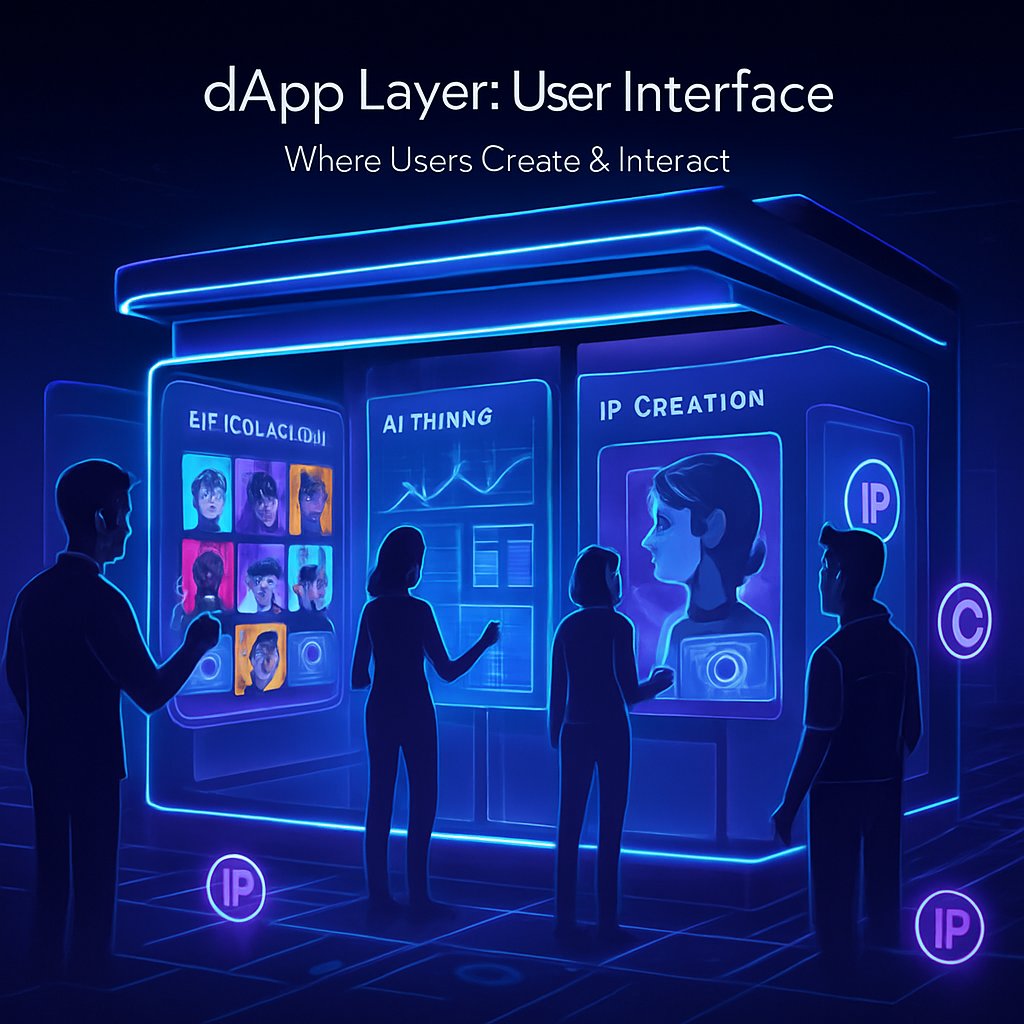Camp Network Web3 Infrastructure Architecture Analysis
Camp Network is redefining the infrastructure architecture of Web3 🏗️
Most people only see the surface-level dApps and tokens, but what truly empowers Camp is its multi-layered structural design. This is not just a simple tech stack, but a complete digital economy ecosystem.
1. Detailed Explanation of Camp Network's Multi-layer Architecture
🏛️ Camp Foundation: City Planners
Just as a city needs a city government, the Camp Foundation is responsible for funding allocation and development direction. It’s not just about investing money; it’s about building a sustainable creator economy framework. The key lies in how it balances decentralized governance with practical execution efficiency.
⚡ Camp Network: Digital Infrastructure
This is the Layer 1 blockchain layer, specifically designed for the AI-native economy. Unlike other L1s, Camp has built-in intellectual property registration and royalty execution mechanisms. Creators can register IP directly on-chain, and AI agents will automatically pay royalties when using these IPs.
🤖 AI Agent Ecosystem: The Real Innovation
Register IP through the Origin framework and deploy AI agents via mAItrix. These agents are not just simple chatbots; they are capable of learning specific IP content and generating derivative works. Each use has verifiable royalty distribution.
🏪 dApp Layer: User Touchpoints
This is where users actually interact. But unlike traditional dApps, the applications on Camp are centered around IP value creation. From NFT marketplaces to AI training platforms, each application can leverage the underlying IP infrastructure.
2. The Significance and Core Advantages of Camp's Multi-layer Architecture
💡 Why is this architecture so important?
In the traditional internet, the IP value of creators is captured by platforms. Web3 attempts to solve this problem but lacks a systematic IP infrastructure. Camp's multi-layer design addresses three core issues:
Verifiability: On-chain IP registration makes ownership tamper-proof.
Executability: Smart contracts automatically handle royalty distribution.
Composability: Other developers can build new applications based on existing IP.
3. Market Performance and Future Potential
🚀 Market Performance and Potential
Currently, the Camp testnet has over 350,000 users, 1.2 million wallet connections, and 50+ dApp integrations. These numbers reflect the genuine demand for AI-native economic infrastructure.
As AI technology rapidly evolves, IP protection and value distribution will become core issues. Camp is not just building another blockchain; it is laying the foundation for the next generation of the creator economy.
This is why top institutions like 1kx, Maven 11, and Blockchain Capital are betting on Camp. They see not just short-term token prices, but the infrastructure opportunity for the entire digital IP economy.
Show original
4.87K
2
The content on this page is provided by third parties. Unless otherwise stated, OKX is not the author of the cited article(s) and does not claim any copyright in the materials. The content is provided for informational purposes only and does not represent the views of OKX. It is not intended to be an endorsement of any kind and should not be considered investment advice or a solicitation to buy or sell digital assets. To the extent generative AI is utilized to provide summaries or other information, such AI generated content may be inaccurate or inconsistent. Please read the linked article for more details and information. OKX is not responsible for content hosted on third party sites. Digital asset holdings, including stablecoins and NFTs, involve a high degree of risk and can fluctuate greatly. You should carefully consider whether trading or holding digital assets is suitable for you in light of your financial condition.

